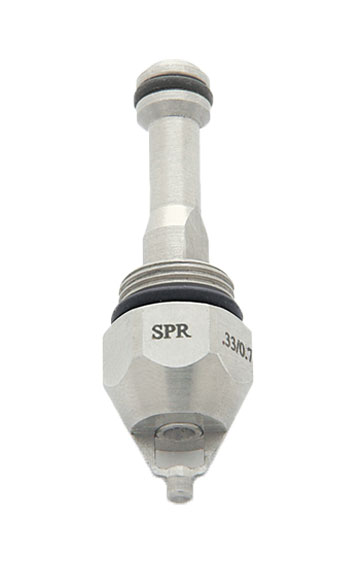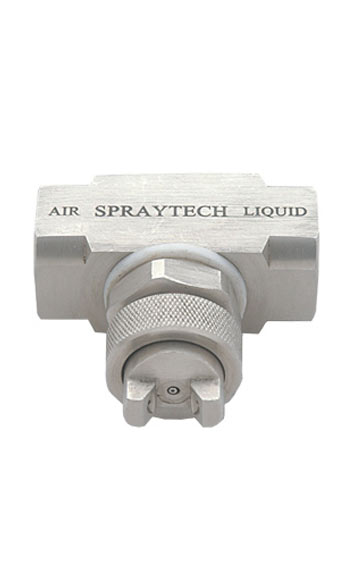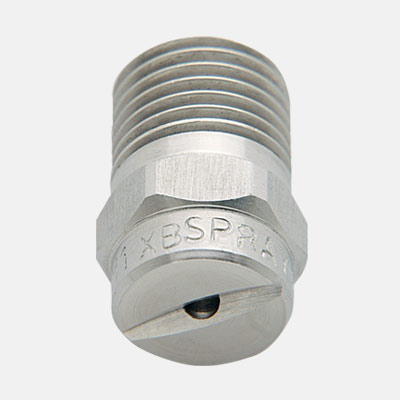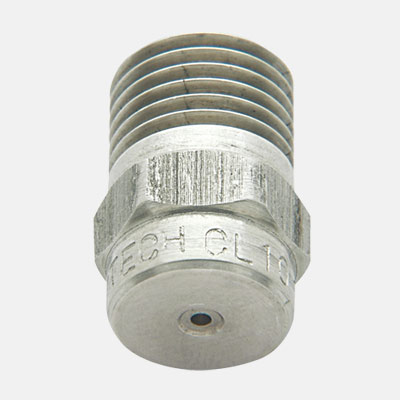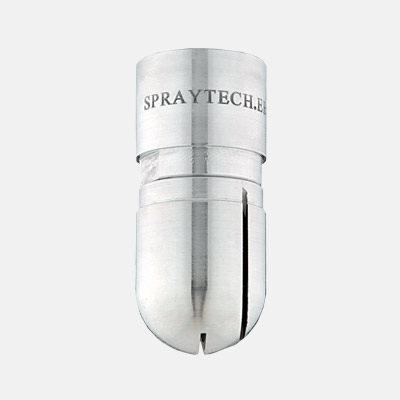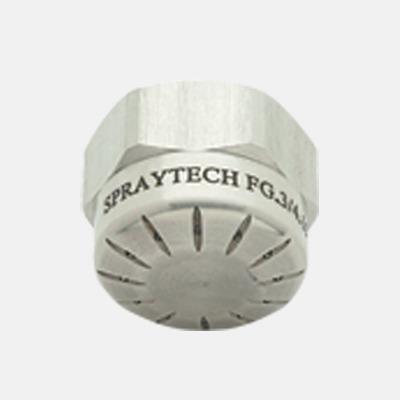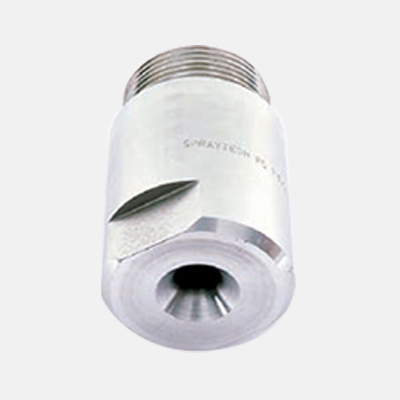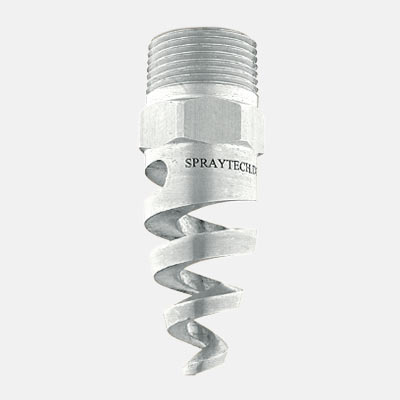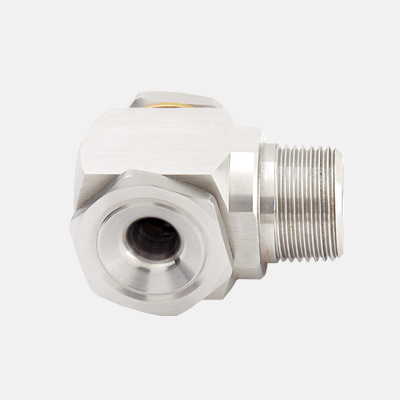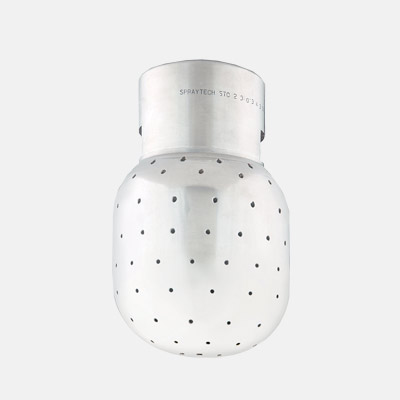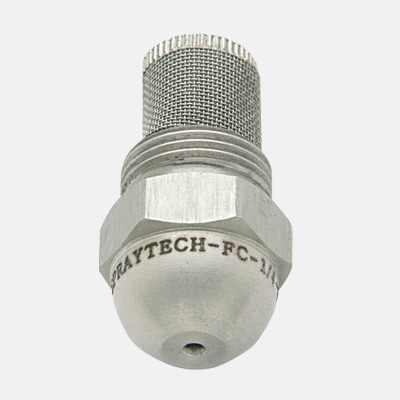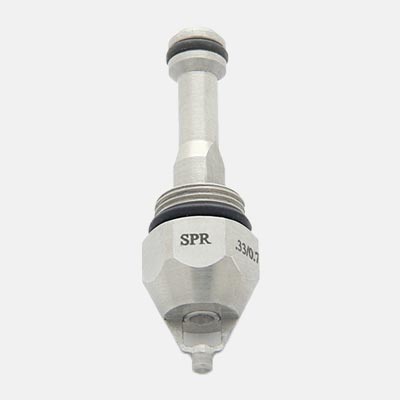DUST SUPPRESSION SYSTEM
What Is Dust?
Dust is generated by a wide range of Industrial, domestic activities and manufacturing, such as grinding, crushing, dumping, loading, transferring, or material handling. Dust consists of tiny solid particles carried by air. A wide range of particle sizes can be produced during manufacturing operations. Particles that are too large to remain airborne settle while others remain in the air indefinitely.
Why Dust Control Required
After dust is formed, suppression systems are used to reduce, capture and drop dust fines from the air. A well-designed dust suppression system can protect workers and often provide other benefits, such as:
Dust control is a vital element in meeting safety, health and environmental requirements. Dust control systems not only help reduce site emissions but also help protect employees
• Dust control is a vital element in meeting safety, health and environmental requirements.
• Dust control systems not only help reduce site emissions but also help protect employees.
• Reducing equipment wear, especially for components such as bearings and pulleys on which fine dust can cause a “grinding” effect and increase wear or abrasion rates.
• Reducing cleanup and maintenance costs.
• Increasing worker morale and productivity.
• Increasing visibility and reducing probability of accidents.
• Preventing or reducing risk of dust explosion or fire.
• Preventing unpleasant odors.
Type of System
1. Plain water type Dust suppression system.
2. Dry fog type dust suppression system.
3. Sprinkler type dust suppression system.
Applications
• Open cut and underground mines.
• Power plants, coal terminals, airstrips, quarries, and railroads.
• Shipping and grain terminals
• The military and other government agencies

